Leading with Boundaries: How Healthy Limits Make Healthier Teams
For many leaders, “good leadership” has long been defined by availability — being there for everyone, all the time.
But here’s the truth: constant availability isn’t leadership, it’s overextension.
The best leaders don’t just lead with empathy — they lead with boundaries.
Because when leaders set healthy limits, they don’t only protect their own wellbeing… they model it for their teams.
The Myth of the Always-On Leader
We’ve built a culture that glorifies being busy — the late-night emails, the back-to-back meetings, the quick replies on weekends.
It’s often seen as commitment. But what it really signals is a lack of boundaries.
Over time, it sends an unspoken message to the team: “You should be doing this too.”
The result? A culture where burnout becomes normalised, recovery feels like a luxury, and people start running on empty — quietly.
Boundaries Aren’t Barriers — They’re Safety Nets
Healthy boundaries don’t disconnect leaders from their teams.
They do the opposite: they create clarity, safety, and trust.
Boundaries look like:
Setting clear expectations about availability and communication.
Encouraging rest, not guilt, when someone needs a break.
Saying “no” to the unnecessary so you can focus on what truly matters.
Protecting time for deep work — and for yourself.
When leaders live by those principles, it gives their teams permission to do the same.
The Ripple Effect of a Boundaried Leader
Leaders who protect their own mental and emotional space create healthier, more sustainable teams.
They don’t lead from exhaustion; they lead from example.
They show that balance isn’t weakness — it’s strategy.
And when the team sees their leader prioritising rest, they learn that performance doesn’t have to come at the cost of wellbeing.
That’s how boundaries shift from being a personal act to a cultural one.
How MHFA and RFA Support Boundary-Building
Training like Mental Health First Aid (MHFA) and Responding to Mental Health (RFA) helps leaders recognise the early signs of burnout — in their teams and themselves.
It equips them to respond with confidence, start conversations that matter, and build psychologically safe spaces where limits are respected, not resented.
Because leadership isn’t about holding it all.
It’s about knowing what’s yours to carry — and helping others do the same.
Boundaries aren’t selfish; they’re sustainable.
They’re how leaders protect the energy that drives good decision-making, empathy, and care.
Healthy teams start with healthy leaders — and that begins the moment you decide that saying no isn’t closing a door… it’s keeping one open for yourself and your people.


